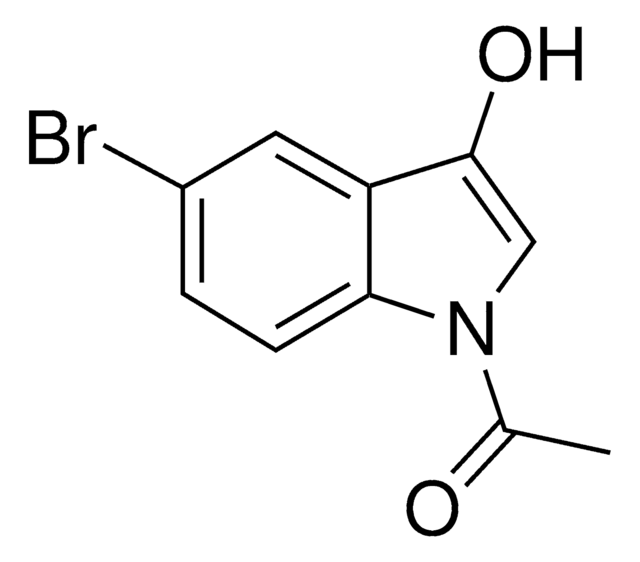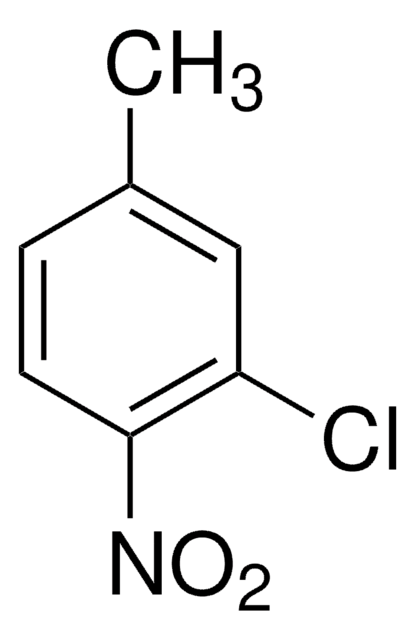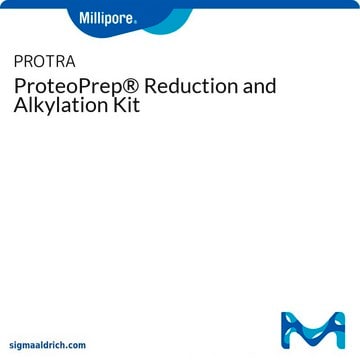270369
1,1,2-Trichloro-1,2,2-trifluoroethane
HPLC grade, ≥99.9%
Sinónimos:
1,1,2-Trichloro-1,2,2-trifluoroethane, 1,1,2-Trichloro-trifluoroethane, Genetron® 113
About This Item
Productos recomendados
grade
HPLC grade
vapor density
6.5 (vs air)
vapor pressure
5.5 psi ( 20 °C)
assay
≥99.9%
form
liquid
autoignition temp.
1256 °F
technique(s)
HPLC: suitable
impurities
<0.010% water
evapn. residue
<0.0005%
refractive index
n20/D 1.358 (lit.)
bp
47-48 °C (lit.)
mp
−35 °C (lit.)
density
1.57 g/mL at 25 °C (lit.)
λ
H2O reference
UV absorption
λ: 231 nm Amax: 1.00
λ: 240 nm Amax: 0.20
λ: 260-400 nm Amax: 0.01
SMILES string
FC(F)(Cl)C(F)(Cl)Cl
InChI
1S/C2Cl3F3/c3-1(4,6)2(5,7)8
InChI key
AJDIZQLSFPQPEY-UHFFFAOYSA-N
¿Está buscando productos similares? Visita Guía de comparación de productos
Packaging
Legal Information
signalword
Warning
hcodes
Hazard Classifications
Aquatic Chronic 2 - Eye Irrit. 2 - Ozone 1
Storage Class
10 - Combustible liquids
wgk_germany
WGK 2
flash_point_f
383.0 °F
flash_point_c
195 °C
ppe
Eyeshields, Gloves, multi-purpose combination respirator cartridge (US)
Certificados de análisis (COA)
Busque Certificados de análisis (COA) introduciendo el número de lote del producto. Los números de lote se encuentran en la etiqueta del producto después de las palabras «Lot» o «Batch»
¿Ya tiene este producto?
Encuentre la documentación para los productos que ha comprado recientemente en la Biblioteca de documentos.
Nuestro equipo de científicos tiene experiencia en todas las áreas de investigación: Ciencias de la vida, Ciencia de los materiales, Síntesis química, Cromatografía, Analítica y muchas otras.
Póngase en contacto con el Servicio técnico










